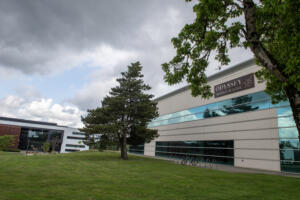During an upcoming planning conference, the Camas City Council will continue its discussion about the possibility of annexing the local library into the Fort Vancouver Regional Library District system.
Since the retirement of former Director David Zavortink, city officials have been exploring the impacts the action might have on library finances and employees, as well as on service levels.
Options currently on the table include remaining an independent library and starting the search for a new director, considering annexation (requiring action by the council to send the issue to a public vote); or contracting with FVRL for some services.
City Administrator Pete Capell and FVRL Executive Director Amelia Shelley spoke to the City Council about the issue during a Jan. 4 workshop.
Capell described the potential financial impact to taxpayers of joining the FVRL district as neutral.




